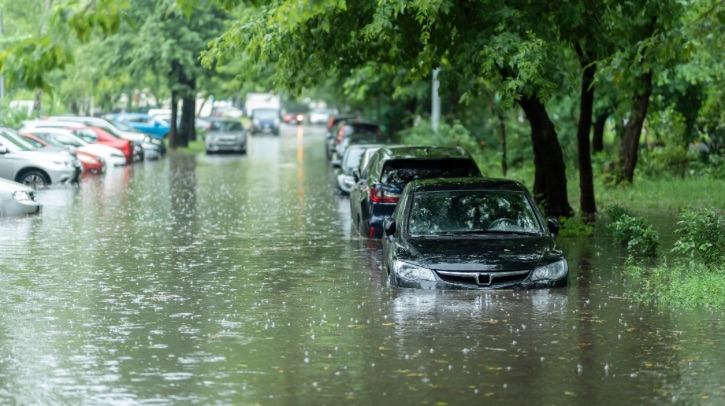The UK Met Office has developed guidance and tools to improve the prediction of life-threatening flash flooding.
Published in the journal Weather and Climate Extremes, the study was led by the Met Office and Newcastle University, with support from the Universidad de Costa Rica and the Adam Mickiewicz University in Poland.
UK Met Office’s new rainfall prediction model
The new research shows that intense, localized, heavy bursts of rainfall can be caused by a rapid rise of air through clouds and proves that these rises in air can be forecast. The team has developed a modeling system marking a fundamental change in how life-threatening, short-duration, extreme rainfall is identified and forecast. Better prediction of these intense downpours will help provide crucial time for communities to prepare for extreme weather that can lead to devastating flash floods such as were seen in Boscastle in August 2004 and London in August 2022.
Paul Davies, study lead author, Met Office principal fellow and visiting professor at Newcastle University’s School of Engineering, said, “The new model is aimed at enhancing the UK’s resilience to extreme weather events, which are becoming more frequent and intense due to climate change. This approach addresses the urgent need for improved prediction capabilities and will help both UK and global communities in mitigating the risks associated with increasingly extreme weather events. In order to understand these extreme rainfall events, we have made an exciting discovery: the presence of a three-layered atmospheric structure, consisting of moist absolute unstable layers sandwiched between a stable upper layer and a near-stable low layer.”
The new research focused on the atmospheric properties of the extreme rainfall environment, with a particular focus on the thermodynamics associated with sub-hourly rainfall production processes. It identifies a distinctive three-layered atmospheric structure crucial to understanding localized downpours and associated large-scale atmospheric regimes, which might enable further-ahead prediction of the occurrence of extreme downpours and flash flooding.
Extreme weather conditions
Hayley Fowler, study co-author and professor of climate change impacts at Newcastle University, added, “I am delighted to help to lead such exciting new research that provides a paradigm shift in thinking about extreme rainfall processes. We will further develop this model into an operational system that can help to deliver on the UN’s call for Early Warnings for All, which aims to ensure universal protection from hazardous weather, water or climate events through life-saving early warning systems by the end of 2027. With human-induced climate change leading to more extreme weather conditions, the need for accurate early warning systems is more critical now than ever before.”
This research offers the potential to develop an extreme rainfall warning system that enhances the capability of forecasters and users to identify and predict dangerous flash floods, thereby improving public safety and preparedness.
In related news, the UK Met Office recently released a paper thought to be the first of its kind to study the use of citizen observations and machine learning (ML) to enhance the accuracy of temperature forecasts at a hyper-local level. Click here to read the full story.



